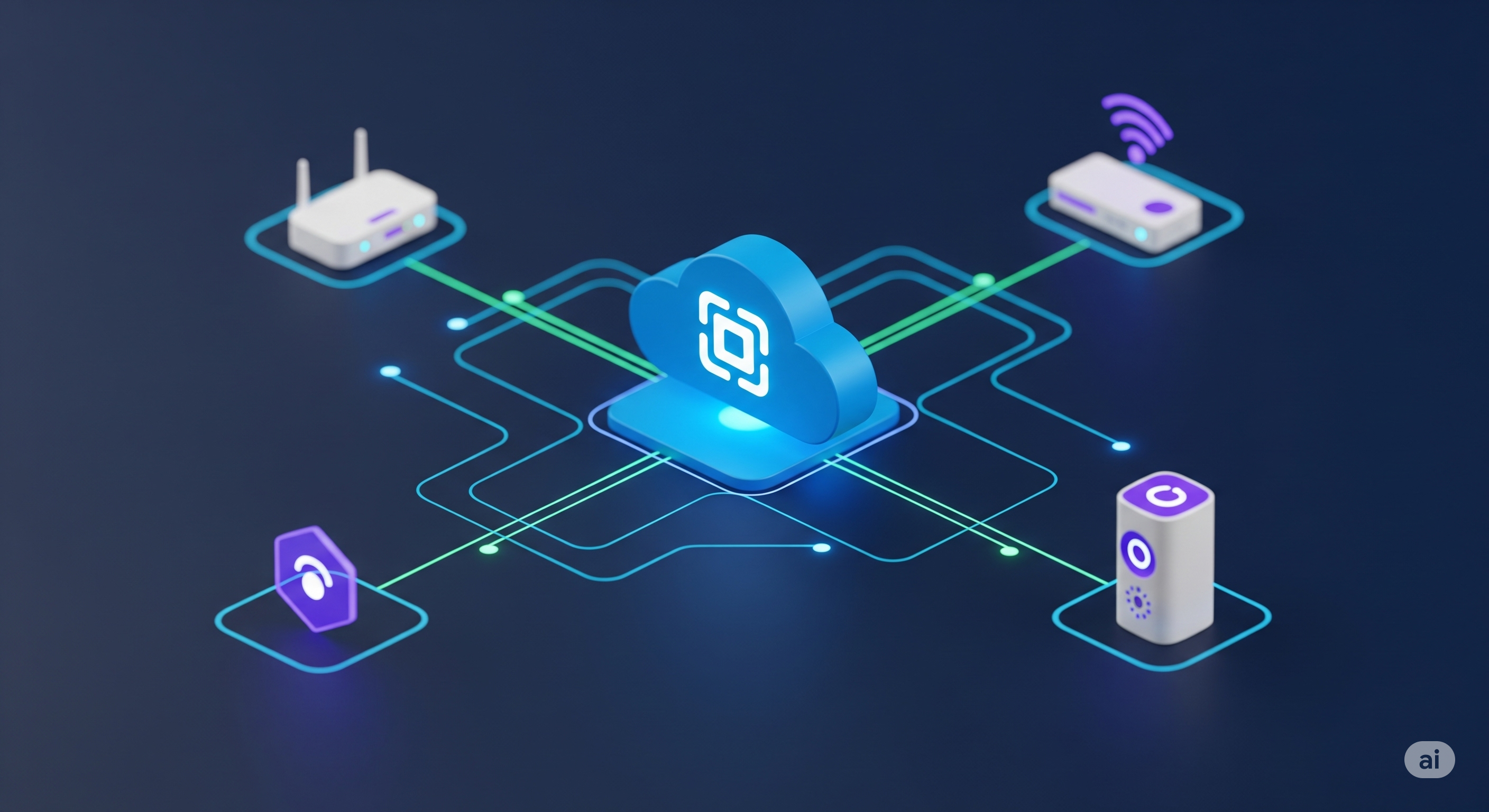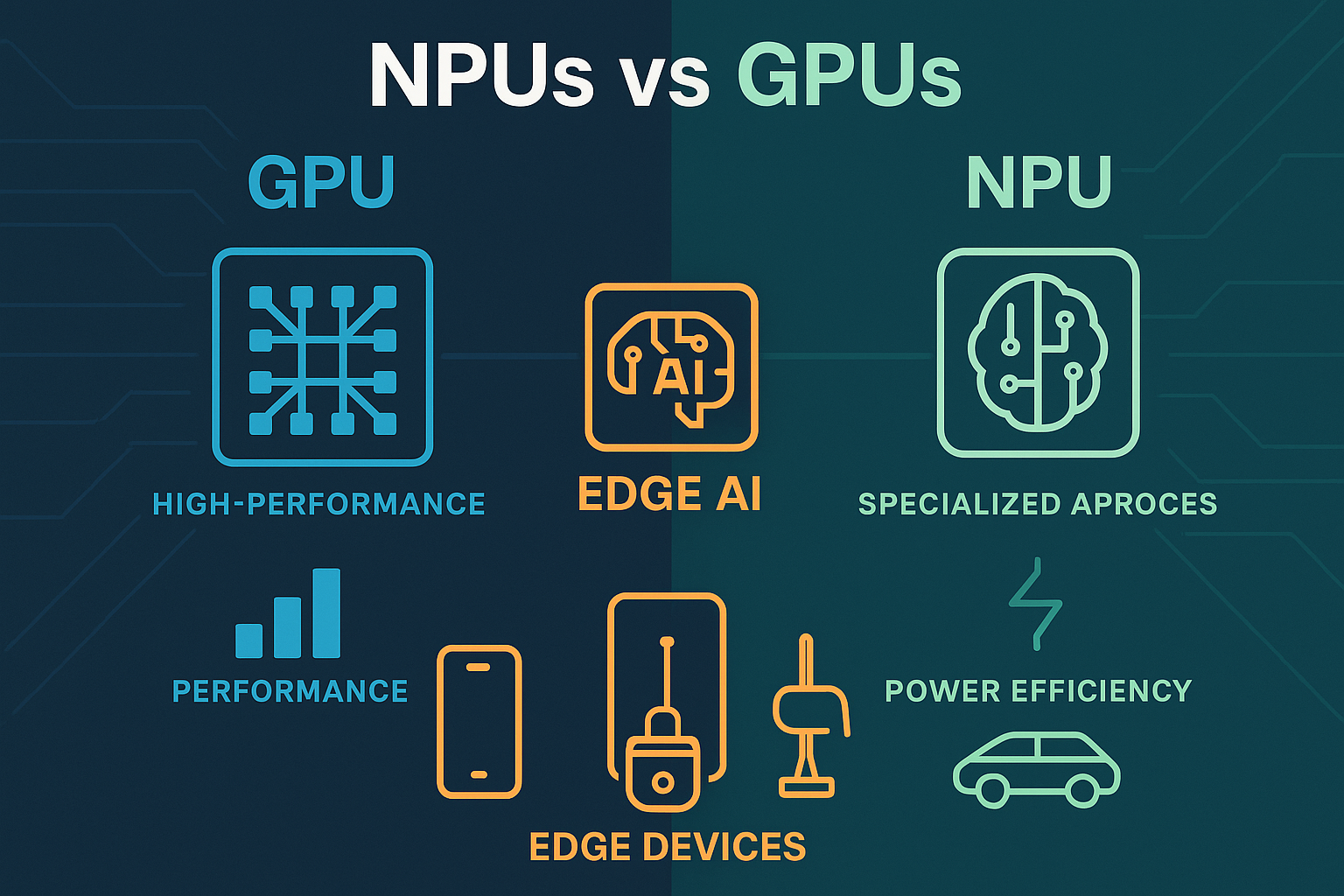Table of Contents
In the evolving landscape of connected devices, especially within the RDK (Reference Design Kit) ecosystem, efficient and secure communication between devices and the cloud is paramount. This is where WebPA, now largely synonymous with Xmidt, plays a crucial role.
What is WebPA (Xmidt)?
At its core, WebPA (Web Protocol Agent), specifically WebPA 2.0, also known as Xmidt (pronounced “transmit”), is a robust and secure web protocol messaging system designed for bi-directional communication between cloud servers and RDK devices. Built with a strong emphasis on security and performance from the ground up, Xmidt provides a highly available data path to devices deployed globally.
Think of it as a lightweight, always-on connectivity socket, much like a WebSocket. Each RDK device registers with the cloud, maintaining a persistent connection. On the cloud side, APIs enable seamless polling and event reception, often translating data into the TR-181 device data model for further analysis and management.
Why WebPA (Xmidt) Over Traditional Protocols Like TR-69?
For years, TR-69 was a standard for device management. However, WebPA (Xmidt) brings significant advancements:
Always-On Connection: Unlike TR-69, which often relies on periodic polling, WebPA leverages an “always-on” WebSocket-like connection. This enables real-time, asynchronous notifications for changes in device data, allowing applications to “listen” for web hook events.
Efficiency and Speed: WebPA is designed to be lightweight, allowing for more precise and rapid data polling. Instead of wide-and-deep polls across an entire device landscape, WebPA can quickly fetch the most relevant data. The load can also be redistributed more efficiently among applications needing device access.
Enhanced Security: Security was a foundational principle in WebPA’s design, making it a more secure alternative for modern interactions.
Scalability: Xmidt’s architecture, as a combination of a server cluster and client, is built to handle a large number of deployed devices, ensuring high availability and scalability.
Key Components
The WebPA/Xmidt architecture typically involves:
Xmidt (Core Routing): This forms the server cluster responsible for the core routing fabric, handling the connections and communication between the CPEs (Customer Premises Equipment) and the cloud.
WebPA (Translation Layer/Client): This component, often implemented by parodus2ccsp on the device side, provides the translation service, offering a RESTful interface to access TR-181 (and similar) data models on RDK devices.
Benefits for RDK Deployments
Integrating WebPA (Xmidt) into RDK deployments offers several compelling benefits:
Real-time Device Management: Enable immediate responses to device events and changes.
Optimized Data Flow: Reduce network overhead and improve efficiency in data retrieval.
Robust and Secure Connectivity: Ensure reliable and protected communication channels.
Scalable Infrastructure: Support the growing number of RDK devices with a highly available system.
Conclusion
WebPA (Xmidt) represents a significant leap forward in cloud-to-device communication for the RDK ecosystem. By providing a secure, efficient, and always-on bridge, it empowers service providers and developers to manage devices more effectively, enabling real-time insights and a more responsive user experience. As the demand for smart, connected homes continues to grow, technologies like WebPA (Xmidt) will remain essential in building and maintaining robust RDK-based solutions.







Start the conversation